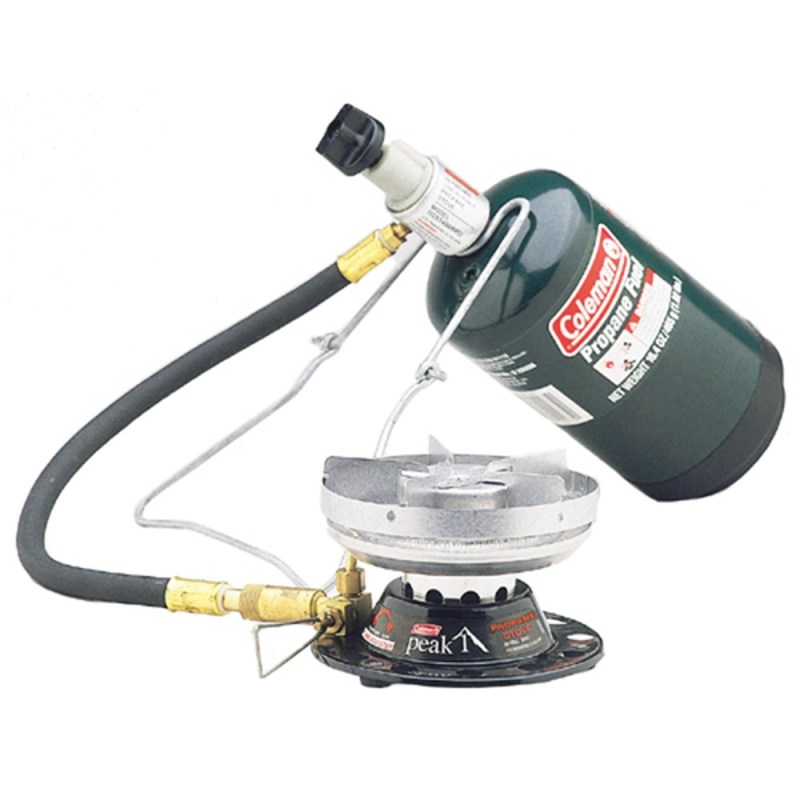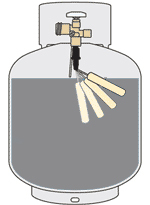We are working on a project that will utilize a 16.4 oz propane cylinder.
Can the propane cylinder be oriented in any direction when used ?
If it can be oriented in any direction, is there an orientation that is better than the others ?
I did a little bit of investigating on this and couldn't find anything.
Can the propane cylinder be oriented in any direction when used ?
If it can be oriented in any direction, is there an orientation that is better than the others ?
I did a little bit of investigating on this and couldn't find anything.


